The Little-Known Impact of Healcoins on Global Health Equity
CHUDATS Communication TeamCharity, Healthcare, Security, Crypto1 year ago200 Views

In the global pursuit of universal healthcare, access to affordable and quality medical care remains one of the most pressing challenges for millions of people. Inequities in health financing continue to leave vulnerable populations without the care they so desperately need. And, let’s be honest—this isn’t just a problem that governments or policymakers can fix overnight.
But what if there was a way to bypass the traditional barriers and give people real, tangible control over how they access and afford healthcare? Here comes Healcoins, a revolutionary digital currency built on blockchain technology that has the potential to truly bridge the healthcare gaps and change lives. The impact of healcoins is unimaginable.
In this article, we’re not only going to dive deep into how Healcoins are poised to reshape healthcare financing, but also how they can promote fairer access to medicare—especially for underserved communities, where the need is greatest. And trust me, the future potential of Healcoins goes far beyond what we see today, as it expands into new markets and gains widespread adoption across healthcare systems worldwide.
 Now let us discuss how Healcoins breaks down these barriers. The coming of the Heal coins is a major breakthrough in Healthcare Financing. In a world filled with merciless disasters, that’s where Healcoins offer the beacon of hope.
Now let us discuss how Healcoins breaks down these barriers. The coming of the Heal coins is a major breakthrough in Healthcare Financing. In a world filled with merciless disasters, that’s where Healcoins offer the beacon of hope.
 Now let’s talk about the future. One of the most powerful features of Healcoins is that they are not bound by national borders. They can be sent from anywhere, to anywhere, almost instantly. Whether it’s low-income countries struggling with economic instability or even middle-class families trying to navigate rising healthcare costs, Healcoins offer a way to level the playing field for everyone.
The future of Healcoins is as exciting as it is promising. As we look ahead, it’s clear that Healcoins aren’t just a novel tool for healthcare financing—they’re on the brink of becoming a global standard for health payments. With the world gradually embracing digital currencies and blockchain technology, Healcoins are uniquely positioned to break into new markets and healthcare systems worldwide.
What should you look and expect in future, that could expand the reach of this patient carecredits? What are some key areas where Healcoins could really transform the future of current healthcare system?
Now let’s talk about the future. One of the most powerful features of Healcoins is that they are not bound by national borders. They can be sent from anywhere, to anywhere, almost instantly. Whether it’s low-income countries struggling with economic instability or even middle-class families trying to navigate rising healthcare costs, Healcoins offer a way to level the playing field for everyone.
The future of Healcoins is as exciting as it is promising. As we look ahead, it’s clear that Healcoins aren’t just a novel tool for healthcare financing—they’re on the brink of becoming a global standard for health payments. With the world gradually embracing digital currencies and blockchain technology, Healcoins are uniquely positioned to break into new markets and healthcare systems worldwide.
What should you look and expect in future, that could expand the reach of this patient carecredits? What are some key areas where Healcoins could really transform the future of current healthcare system?
Some Global Health Challenges
Despite world governments and WHO doing their very best to create systems and policies that would help everyone have equitable access to health, they face a lot of challenges, especially as some of the global health issues are nature-inherent and further exacerbated by poor, reluctant and incoherent preventive and reactive systemic mechanisms, among other general and acute concerns.Lack of access to basic healthcare
Here’s the reality: the world is facing a glaring disparity when it comes to access to healthcare services. According to the World Health Organization (WHO), a shocking half of the global population lacks access to essential health services. Can you imagine you’re sick and know that the care you need is simply out of reach, because you can’t afford it? That’s the daily reality for so many people across Africa and South East Asia. It is unfortunate that, the financial burden of healthcare disproportionately affects individuals in low- and middle-income countries where we find the cost of treatment very devastating.Natural Disasters everywhere
I remember a flood in Democratic republic of Congo which killed 438 people in may 2023(UN Peacekeeping). In same year, around August, a wildfire ravage parts of Maui, Hawaii and turned out to be the deadliest in US for over a century(Forbes) . Around October, an earthquake in Afghanistan killed at least 1400 people ( WFP), not forgetting the thousands of lives lost in the 7.8 magnitude earthquake that shook Turkey and Syria early February 2023(sources) In 2024 that I am writing this report, the world has witnessed Storm Boris in central Europe, the Super typhoon Yagi in south East Asia, and the Storm in Florida USA – they are all devastating. These devastating natural events in these regions, left thousands injured and in need of immediate medical attention.Slow response to emergency situations
One of the major global health challenges that Healcoins could address is the difficulty in delivering emergency healthcare funding to remote or disaster-stricken areas. Every year, millions of people face life-threatening conditions caused by natural disasters like earthquakes, hurricanes, and floods. Trust me, during these deadly moments, quick access to medical aid remains very critical. The current financial systems often create frustrating barriers, such as slow processing times, intermediary fees, and bureaucratic delays, which hinder the delivery of crucial healthcare funds. These bottlenecks do not only reduce the value of the funds by the time they are available but bring slow delivery of necessary medical interventions that could save lives. Moreover, humanitarian access restrictions by countries in conflict zones also severely hamper assistance to some Crisis zones (world disaster report 2018).Poor Aid-delivery system
The fact is this: there were really some good people across the world— very compassionate individuals, organizations, and even government agencies— who were ready and willing to provide financial assistance for relief efforts. But then, the traditional financial system steps in, with its need for a bank account, long processing times, high fees, and restrictive money transfer policies, all of which slow down the flow of aid. Don’t forget that when it comes to emergencies, even a few hours of delay can mean the difference between life and death.Many people are Financially excluded
In many parts of the world, the traditional banking services are most often exploited by the literate, the employed, and business people. The undereducated, the unemployed, the poor and the rural farmers are most often left out, excluded from the traditional financial system. Everyone would ask “what will an illiterate old mother in sub-Saharan African or a migrant in South East Asia be doing at a bank?” She lacks money, perhaps, she cannot read or write even her names, the conclusion is: “she’s got no business with a financial institution”. So she feels excluded from the elite financial systems. In most countries, individuals living in poverty lack access to proper education because they cannot access the traditional banking services. And if they are victims of deadly disease or disasters, they equally feel excluded by the current aid-delivery systems. These make things difficult, Without a bank account, it’s incredibly difficult to save, transfer, or spend money on something as vital as healthcare.Corruption in healthcare
Corruption – the abuse of entrusted power for private gain as defined by Transparency International.Corruption is a global issue, so widespread in the healthcare sector that it drains valuable resources, leaving patients without the proper medical care they deserve. It often manifests in informal payments from patients, embezzlement, inflated service costs, favoritism, and the manipulation of data, such as billing for goods and services that were never provided. Traditional healthcare payment systems, which rely heavily on intermediaries, paper trails, and bureaucratic processes, create and nurture fertile ground for these corrupt practices. These outdated systems often lead to mismanagement and embezzlement of healthcare funds, and fraudulent transactions. For example, we’ve seen cases where funds meant to support a COVID-19 health program in rural African communities were diverted or simply disappeared due to corrupt practices. This not only deprives patients of life-saving treatments but also erodes public trust in healthcare systems. What can be done to stop this? Should we stand by while people lose their lives because of corruption? Absolutely not. The extent to which corruption in high-level health institutions and governments undermines essential healthcare services is staggering. If you understand the magnitude of this issue, you would be eager to join the revolution toward making healthcare systems more transparent and accountable.The Impact of Healcoins on Global Health Equity

Different face values of heal coins
Healcoins is a Lifeline in Times of Crisis
1) Financial Efficiency
This digital currency is built on blockchain technology, making health financing not only more transparent but also decentralized and efficient. What does that mean for you? It means the health coin offers direct, cheaper, secure and fast healthcare transactions without the red tape of traditional banking systems, to the affected population. It operates independently of national banking systems. With Heal coins integrated into health management platforms like CHUDATS (Community Health Unit Database Networking System), most people can finally have an easier way to manage their healthcare payments, purchase essential medications, and even save for future health needs. Even if you’re in a remote village in Akwaya South West of Cameroon, where banks are few and far between, you’ll still be able to pay for healthcare services with a few clicks on their phone. No more being turned away from hospitals because they don’t have enough cash or the “right” currency. Doesn’t this creates an opportunity for a more equitable distribution of health resources across different regions and income levels.Healcoins as an Efficient Health Financing System
2) Financial Accessibility
I can’t stress enough how game-changing this could be. By making healthcare financing more accessible and efficient, Healcash have the potential to break down the financial walls that keep people from receiving timely, often life-saving care. They provide a decentralized, fast, and cost-effective way to transfer health-related funds across borders. Irrespective of where you are located on earth, you could directly send financial aid to healthcare providers on the ground in disaster zones like Afghanistan—instantly. No more middlemen, no delays, no unnecessary banking fees. You could see your funds being put to immediate use, paying for emergency surgeries, medication, or life-saving equipment. And you are the victim of a pandemic or life-threatening disaster, you could still be able to receive direct and immediate financial support from around the world. And honestly, this hits home for me. It’s heartbreaking to think that people in desperate need of medical attention are left waiting, not because there aren’t resources available, but because those resources are tied up in bureaucratic red tape. Healcoins can remove those barriers by enabling direct, peer-to-peer transactions between donors and healthcare providers, no matter where they are in the world.3) Financial inclusion
One of the most significant impacts of Healcoins is their ability to promote financial inclusion in our current healthcare system. How does the heal coins advance health equity though financial inclusiveness then? Healcoins offer a new way thanks to its block-chain based decentralized nature. Healcoins eliminate the need for a bank account, allowing anyone with a digital wallet to participate in the health economy. This implies that people with some level of literacy and an internet access, can acquire, store, and use Healcoins to pay for their medical bills and manage their health expenses on their own. It’s a huge step forward. Here is another problem! the poor and illiterate patients, may be a grandmother in south Tanzania who may not know how to use a smartphone or operate a healcash wallet. She can still participate in this new health economy. Heal Notes are the paper version of the digital health currency having unique consumption codes. With Heal Notes(Perhaps as donation from friends and family members), she can save money specifically for her healthcare needs without worrying about navigating complex tech. and move to the health center where she is receiving treatment. This inclusivity helps ensure that more people can access the healthcare they need, regardless of their economic background.Healcoins help advances global health equity through Financial Inclusion.
4) Financial Transparency
We saw that corruption in healthcare services often stems from manipulation of funds and lack of transparency in how payments and donations are handled. To eliminate this fraud, Healcoins introduce a revolutionary level of transparency, ensuring that every transaction in the healthcare system is visible, trackable, and verifiable. Here is the way: by leveraging blockchain technology, Healcoins establish a permanent digital ledger for all health-related transactions. Whether it’s paying for medical services, purchasing medication, or donating to health emergencies or community health projects, every transaction is securely logged on the healcoins blockchain. You know, this eliminates any possibility of anyone tampering or falsifying records, as each healthcare financial transaction is immutable and uneditable.This transparency directly combats the issue of fraud, especially in regions where embezzlement and informal payments undermine healthcare delivery. Blockchain ensures that the entire transaction history can be audited in real-time, drastically reducing the potential for funds being misused. For instance, if an NGO or government is distributing healthcare funds in response to a disaster, they can rely on Healcoins to guarantee that the funds reach the intended hospitals or health workers without being diverted or lost along the way. This builds greater accountability among stakeholders and fosters trust in the financial systems supporting the healthcare efforts. If you are a donor, you can also benefit from this transparency. After you contribute to life-saving efforts, you can track your donation and verify that it’s being used as intended. This eliminates the risk of fund misappropriation, ensuring that your money goes directly to where it’s needed most — without being siphoned off by intermediaries or corrupt actors.We can solve Healthcare financial Corruption with Blockchain-Powered Transparency product – Healcoins
Expanding the Global Reach of Healcoins

The future of Healcoins
1) Adoption by International Organizations
It’s not hard to envision a world where major global health organizations like the World Health Organization (WHO) or United Nations adopt Healcoins to manage healthcare funding more transparently in developing countries. These organizations handle billions in healthcare aid, and using a decentralized currency like Healcoins could eliminate the red tape and ensure that funds go directly to where they’re needed. Think about it—how amazing would it be to see global aid reach communities faster and with absolute transparency? That’s why if you don’t already own some Healthtokens, now might be the best time to act or invest in it. You’d be getting in on the ground floor of something transformative.2) Integration into National Healthcare Systems.
Countries, especially those in Africa, Asia, South America, could adopt Healcoins as a solution to the challenges their healthcare systems face. These emerging economies are where the majority of people can’t access traditional banking, but still need to pay for medical services. With this Heal cash, national health services could offer a safe, digital alternative that eliminates the need for a traditional bank account. It’s a future where even the most remote areas could have direct access to quality healthcare through the power of blockchain.3) Strong Partnerships with NGOs and Charities
Non-governmental organizations (NGOs) already play a major role in global health, and partnering with the Healcoin ecosystem could take their work to a whole new level. By using Healcoins to distribute health funds directly to patients, clinics, or even specific health initiatives, NGOs could ensure that aid goes exactly where it’s needed—without delays or middlemen. That’s the beauty of it: a direct, accountable flow of resources to underserved populations. And honestly, that’s the kind of impact that makes these medicoins not just an investment, but a force for good.4) Scaling in the Private Sector
Private healthcare providers and insurance companies may also recognize the value in Healcoins. With faster, more transparent payments, hospitals could reduce overhead costs, and insurers could easily track and verify claims, reducing fraud. And for patients, it could mean better access to care—imagine having the option to pay for your hospital bills or insurance premiums with a seamless, decentralized currency that’s not tied to any banking system. It’s efficiency is like we’ve never seen before.5) Expansion into Telehealth
Telemedicine is growing at an unprecedented pace, and Healcoins could be the key to making it even more accessible and affordable. With geographic barriers removed, patients in rural areas or even across borders could pay for their remote consultations via this digital health credits. This isn’t just speculation—it’s where healthcare is heading. And as telehealth continues to rise, Healcoins could be the currency that connects doctors and patients around the globe, enabling timely, affordable care wherever it’s needed.Potential Challenges and Solutions
While Healcoins present a groundbreaking opportunity for global health financing, we can’t ignore the potential roadblocks that could hinder their widespread adoption. But as with any innovation, there are ways to navigate these challenges. Let’s break down some of the most pressing issues and the solutions that can help the heal coins fulfill their full potential.1) Regulatory Hurdles
One of the biggest challenges facing Healcoins is the regulatory environment. Digital currencies are governed by different rules across countries, which can create uncertainty for users and healthcare providers alike. Governments will need to establish clear, consistent frameworks to regulate heal coins in healthcare. You can see how critical this is—without clear regulations, it becomes difficult for healthcare institutions to confidently adopt Healcoins as a payment option. But there’s hope. Many governments are already exploring blockchain regulation, and partnerships with international bodies could pave the way for harmonized standards, making Healcoins compliant across borders.2) Digital Literacy
Digital literacy has become indispensable for every global citizen, whether to communicate, find employment, receive comprehensive education, or socialize. But one significant challenge to access global healthcare is the digital literacy gap. While Healcoins could bring healthcare financing to underserved populations, some of the most vulnerable people lack access to the technology required to use them. I’ve seen this issue firsthand, and it’s clear that without better access to devices and digital education, many could be left behind. Effective strategies to address digital literacy and skill-building will require public and private investments in digital infrastructure, policy and governance frameworks, and training in the use of digital technologies(source) Vis Partnerships with NGOs, governments, and tech companies, the Healcoin ecosystem can work to improve digital literacy and provide the necessary infrastructure. Think about rural areas where access to smartphones or the internet is limited. Targeted education programs and subsidies for affordable tech could ensure that even a rural farmer or grandmother has the tools and know-how to participate in the Healcoin economy.3) Currency Volatility
We’ve all heard about the unpredictable swings in cryptocurrency values, and Healcoins might face the same volatility. Imagine being a healthcare provider or patient relying on a currency whose value can change drastically in a short time—it’s a legitimate concern. However, there are ways to stabilize the situation. By pegging Healcoins to a more stable asset (like a fiat currency) or implementing supply-and-demand algorithms, volatility can be significantly reduced. These mechanisms could help ensure that this wellness funds remain a reliable and trusted form of payment for healthcare services, offering peace of mind to both providers and patients.As adoption grows across various healthcare systems worldwide, the demand for Healcoins is bound to increase, driving up their value and making early investors part of a truly transformative movement.
Wrapping Up – Healcoins as a Catalyst for Global Health Equity
The journey of the Healcoins is just beginning, but the impact they could have on global healthcare is undeniable. By addressing financial barriers, enabling instant transactions, and fostering transparency, this health crypto coins offer more than just a payment solution—they represent a new paradigm for health equity. For millions of individuals struggling to afford essential medical services, Healcoins could be the bridge that connects them to life-saving care. As blockchain technology gains traction and this heal-the-sick currency continue to expand its reach, we are likely to see more healthcare providers, organizations, and governments adopting this innovative solution. It’s not just about disrupting the status quo—it’s about fundamentally changing the way healthcare is financed and accessed. From remote villages to bustling cities, this digital health-funds have the potential to reshape the healthcare landscape, making quality care available to everyone, no matter their financial status. The road ahead isn’t without challenges, but with innovation, collaboration, and a clear focus on health equity, Healcoins could very well become a powerful catalyst for achieving universal healthcare, one that leaves no one behind in the global health economy.How do I invest in healcoins?
By investing in Healcoins today, you’re not just riding a crypto-currency trend; you’re aligning with a global movement aimed at making healthcare more efficient, more transparent, and more inclusive. This is more than an opportunity—it’s a chance to be part of a healthcare revolution that will likely define the future of how we all access medical care. This is what you need to know before investing in healcoins.Leave a reply Cancel reply
Related Posts
Stay Informed With the Latest & Most Important News
Previous Post
Next Post
Previous Post
Next Post
Recent Posts
- Healcoins & Healthcare Savings: A Perfect Plan for Future Medical Expenses
- How Healcoins Promote Universal Financial Access
- Healcoins and Charitable Giving Towards Global Health Initiatives
- How Governments can leverage Healcoins for National Health Systems
- Are my health coins safe? (Healcoins Security Concerns)
Archives
Categories
Donations
Deal Of The Month
Stay Informed With the Latest & Most Important HC News
Categories
Loading Next Post...


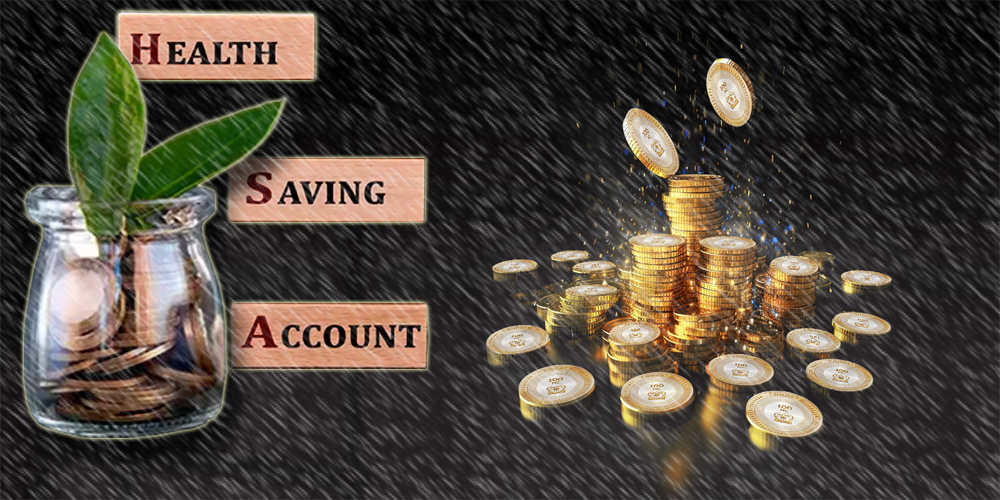
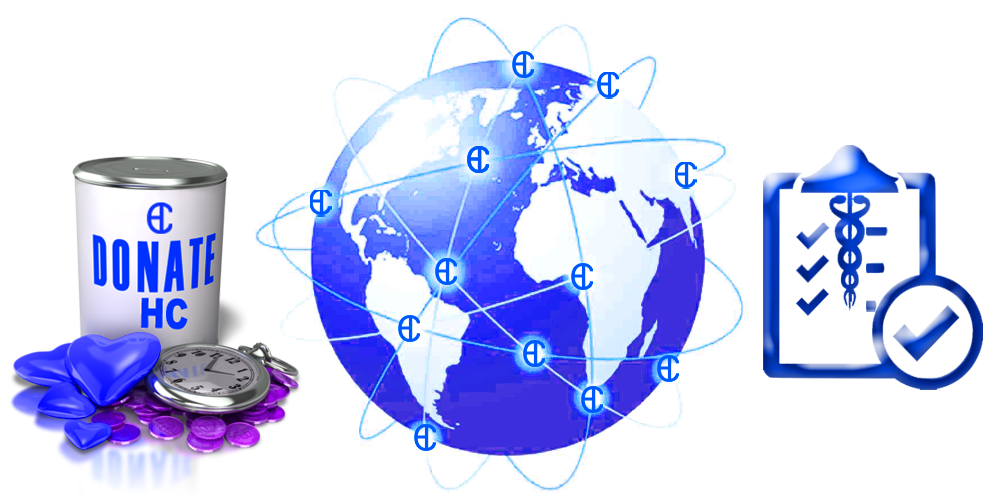
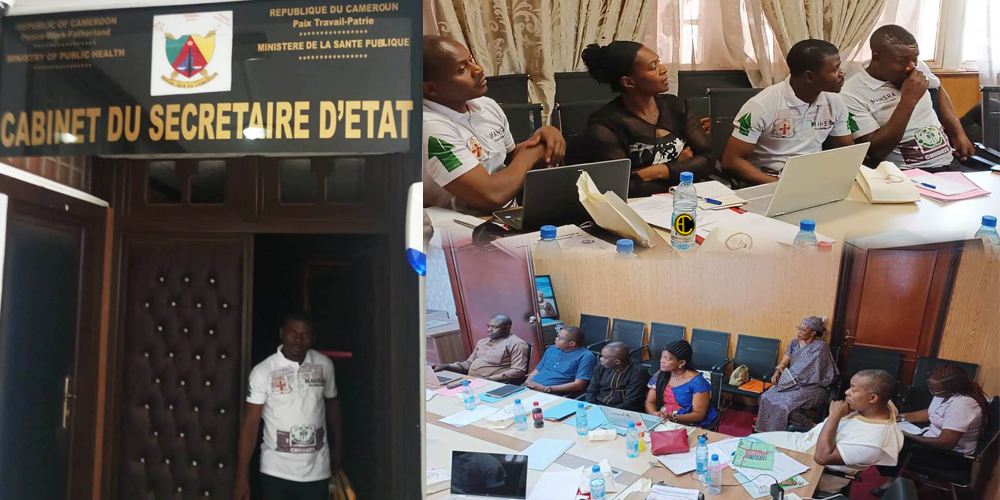
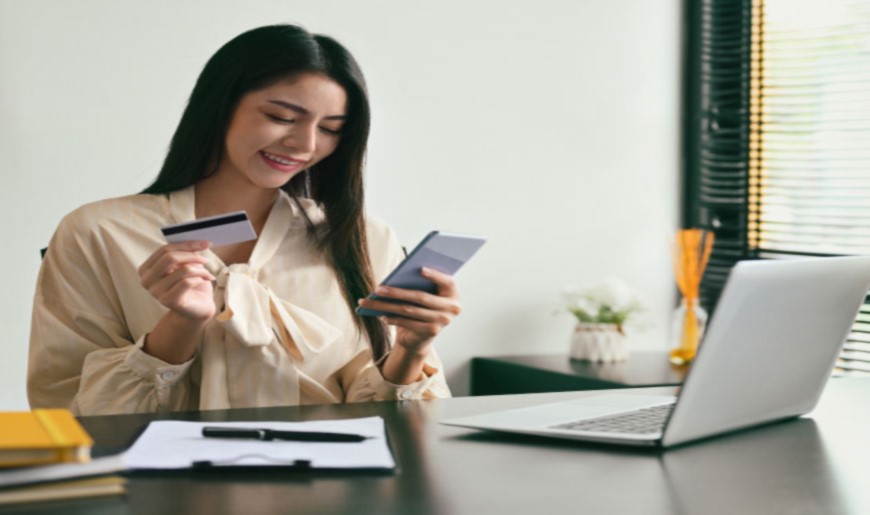





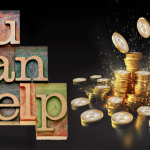
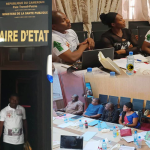
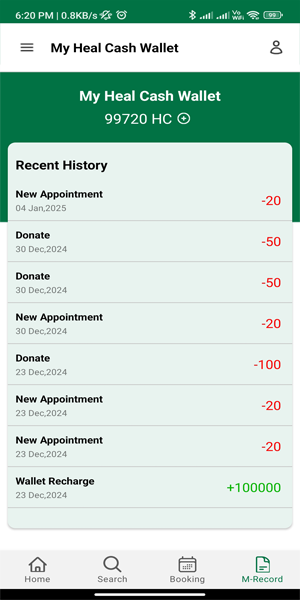
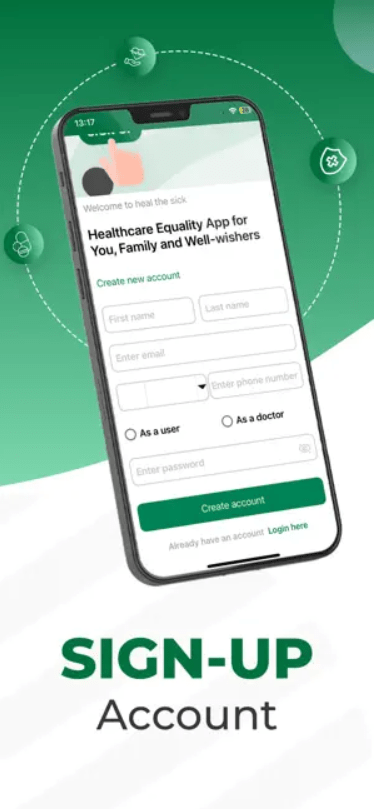
Pingback: Healcoins and Charity -A life-changing reality November 2024